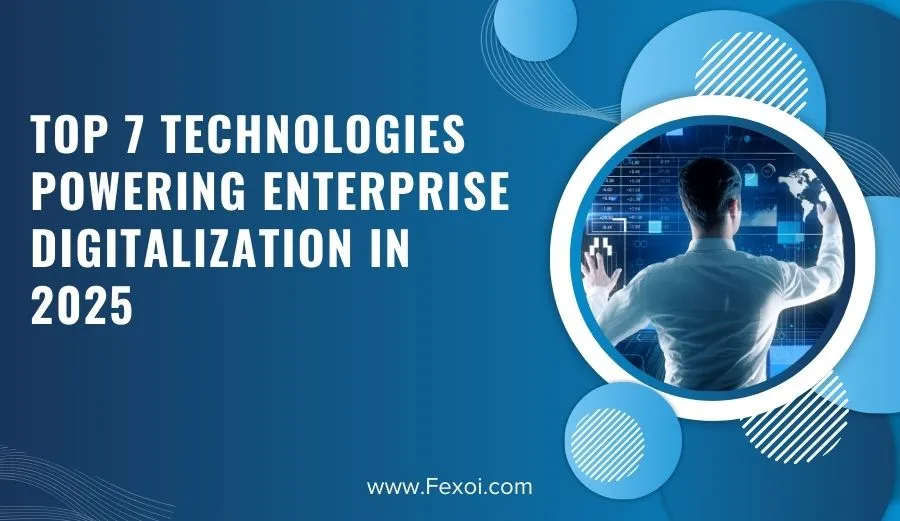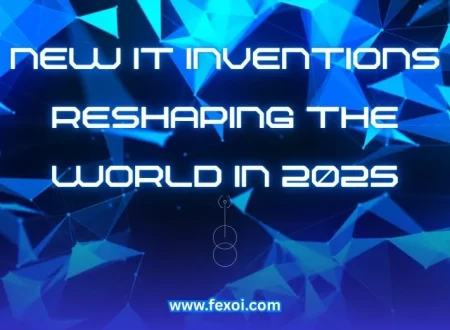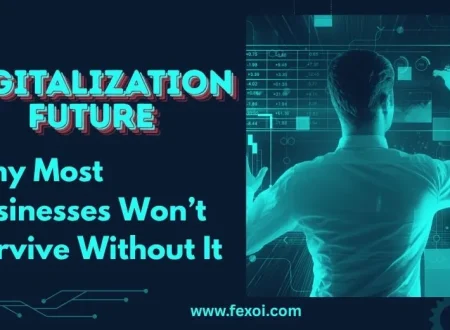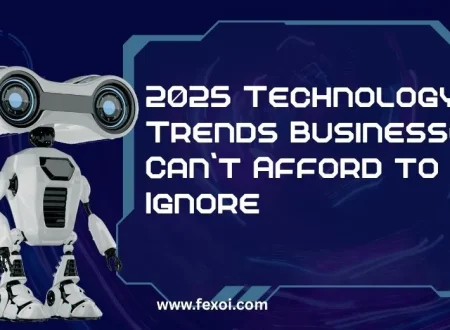Enterprise digitalization is reshaping how organizations operate, compete, and deliver value in 2025. By integrating cutting-edge digital technologies into every facet of operations, enterprises can boost agility, efficiency, and decision-making—making digitalization a necessity, not an option.
In this Article, we’ll explore the top 7 technologies driving enterprise digitalization, explain how they fit into your enterprise digital strategy, and offer practical insights to help you lead a successful digital shift.
What Is Enterprise Digitalization?
Enterprise digitalization is the process of embedding digital technologies into all areas of a business to streamline operations, enhance productivity, and create value through innovation. Unlike basic automation, digitalization transforms business models from the ground up.
Key benefits include:
- Real-time data insights for faster decisions
- Enhanced customer experiences across touchpoints
- Improved collaboration and process efficiency
- Increased scalability and security
Statista projects that global spending on digital transformation will hit $3.4 trillion by 2026, underscoring its vital importance in shaping the future of enterprise operations.
Why You Need an Enterprise Digital Strategy
A clearly defined enterprise digital strategy serves as the foundation and roadmap for driving effective digital transformation. It aligns technology investments with long-term business goals and ensures each department understands their role in the process.
Key elements of a strong digital strategy:
- Business goal alignment
- Technology selection and integration
- Cybersecurity and compliance plans
- Workforce enablement and training
- Performance metrics and ROI tracking
“Digital strategy isn’t about technology alone—it’s about leading transformation and shaping the future,” — George Westerman, MIT Sloan Initiative on the Digital Economy.
Top 7 Technologies Fueling Enterprise Digitalization in 2025
1. Artificial Intelligence (AI) & Machine Learning
AI enables intelligent automation, personalized customer experiences, and predictive analytics. Machine learning models help enterprises uncover patterns, forecast demand, and automate decision-making processes.
Examples in action:
- Chatbots and virtual assistants for customer support
- AI-driven fraud detection in banking
- Predictive maintenance in manufacturing
2. Cloud Computing
Cloud platforms such as AWS, Microsoft Azure, and Google Cloud provide scalable, flexible, and cost-effective infrastructure for digitalization. Enterprises can deploy applications globally, access real-time data, and innovate faster without hardware limitations.
Key cloud benefits:
- On-demand scalability
- Business continuity and disaster recovery
- Reduced IT maintenance overhead
3. Internet of Things (IoT)
IoT devices connect physical assets to digital systems, offering real-time data from equipment, vehicles, and facilities. This has a particularly profound impact on the logistics, manufacturing, and healthcare industries.
Use cases:
- Smart inventory management
- Environmental monitoring
- Remote diagnostics and repairs
4. Robotic Process Automation (RPA)
RPA streamlines rule-based, repetitive tasks like data entry, payroll, and invoice processing through automation. This improves accuracy, reduces operational costs, and frees employees to focus on higher-value work.
Benefits include:
- Up to 80% reduction in processing time
- Seamless integration with legacy systems
- High ROI within months of deployment
5. 5G Connectivity
5G provides high-speed, low-latency connectivity, making it essential for real-time applications such as autonomous vehicles, remote surgery, and smart factory systems.
How 5G supports digitalization:
- Enables edge computing
- Supports high-volume data transfers
- Enhances mobile workforce connectivity
6. Cybersecurity Solutions
As digitalization increases, so do cyber threats. Modern cybersecurity tools use AI and behavior analytics to detect anomalies, protect data, and ensure compliance with regulations like GDPR and HIPAA.
Must-have security layers:
- Endpoint detection and response (EDR)
- Identity and access management (IAM)
- Cloud security platforms
7. Blockchain
Blockchain provides secure, transparent, and tamper-proof transactions. While often associated with cryptocurrencies, its role in enterprise digitalization is expanding across supply chains, contracts, and data verification.
Enterprise use cases:
- Verifiable product tracking
- Smart contract execution
- Secure digital identity management
FAQ
What is the main goal of enterprise digitalization?
The goal is to improve efficiency, innovation, and customer value by integrating digital technologies into all business functions.
How do I implement an enterprise digital strategy?
Start with an audit of your current systems, define clear objectives, select technologies that align with your needs, and invest in training and change management.
What industries benefit most from digitalization?
Industries like healthcare, finance, retail, logistics, and manufacturing gain the most through improved processes, real-time data, and customer engagement.
What challenges do enterprises face in digitalization?
Common challenges include legacy system limitations, employee resistance, cybersecurity risks, and a lack of clear strategy or leadership.
Conclusion: Powering Growth Through Digitalization
Enterprise digitalization in 2025 is being powered by a suite of innovative technologies that make operations smarter, faster, and more resilient. By aligning these tools with a well-thought-out enterprise digital strategy, businesses can future-proof their operations and gain a competitive edge in an increasingly digital economy.







